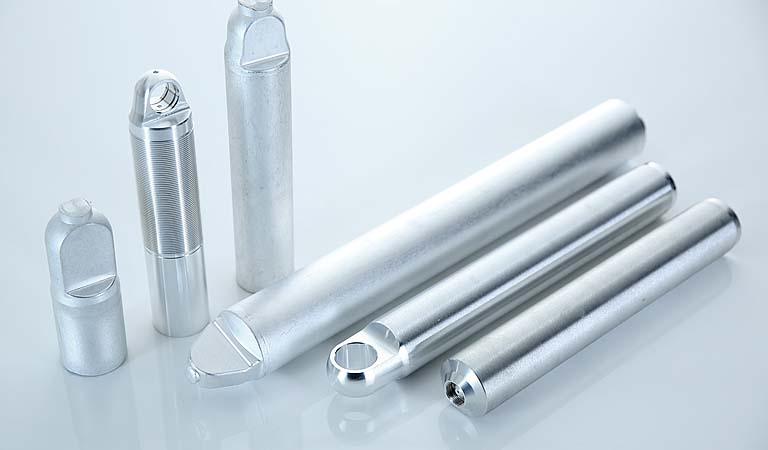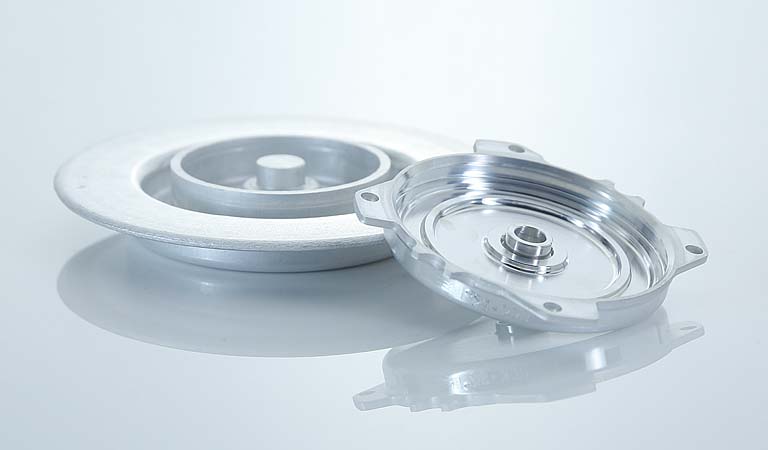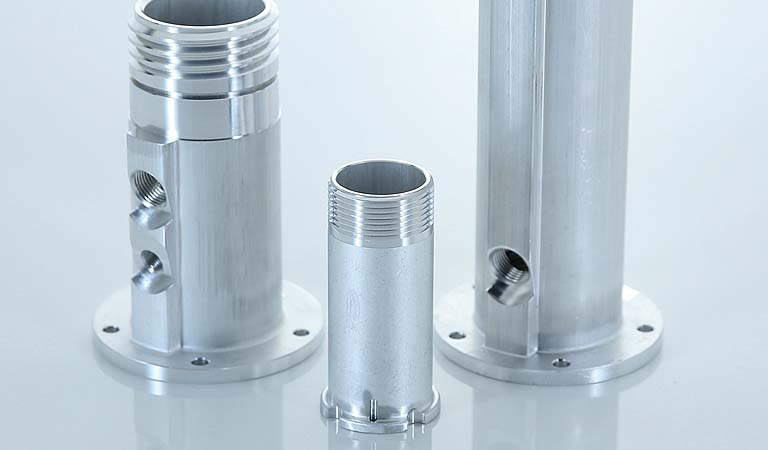Quicker
Metal impacting creates parts faster
Depending on the size and complexity of the part as well as the equipment producing parts, production rates can reach up to 4,000 pieces per hour. Impacted parts also are instantly ready for application because there is no flash to be machined away and no sand, scale, or parting lines to be removed.
Economical
Metal impacting reduces costs in several ways
The metal impact extrusion process produces components at a cost lower than other metal-forming technologies. Impacting produces near-net-shape components with less waste than other metal-fabrication processes. Compared to casting and machining, metal savings alone justify the adoption of impact extrusion. In addition, a one-time tooling investment and longer tool life lower overall cost.
Stronger
Metal impacting increases component strength
Impact extrusion parts are dense, porous-free, and stronger than other metal-forming techniques thanks to the resulting highly uniform metal grain alignment that produces superior quality and durability. The impact process naturally hardens non-heat-treatable alloys; other alloys can be heat-treated after processing. There are no fire cracks, pores, or parting lines to weaken the part.




